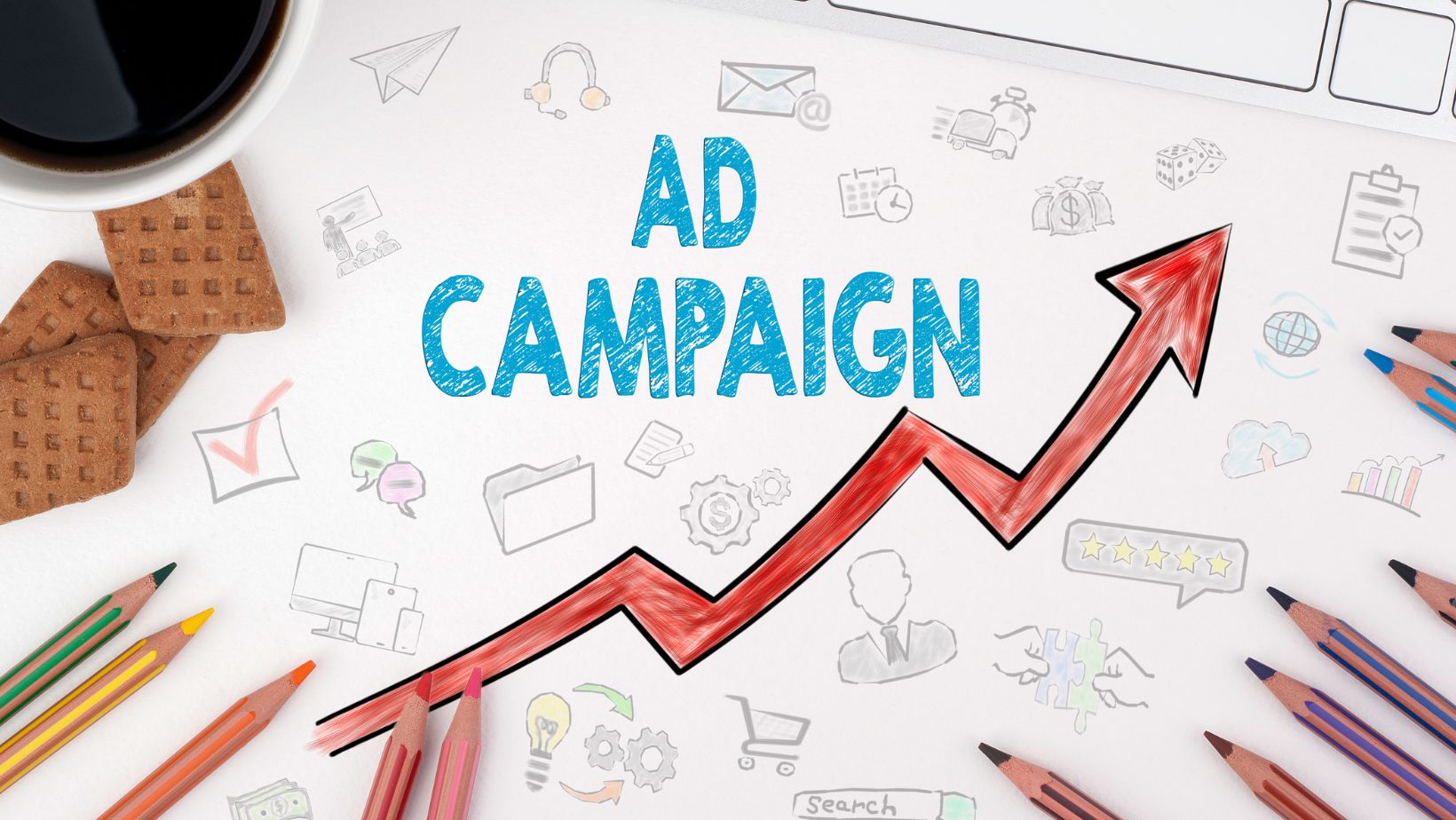
In the digital marketing world, banner ads remain a powerful tool for attracting potential customers and driving conversions. However, creating an effective banner ad requires more than just slapping together some text and images.
This article will explore the key elements of successful banner ad design, providing you with insights to create compelling ads that capture attention and drive results.
Understanding Banner Ad Design
Before we examine the essential elements, let’s clarify what banner ad design entails and why it’s important.
What is Banner Ad Design?
Banner ad design refers to the process of creating visual advertisements that appear on websites or mobile apps. These ads typically combine text, images, and sometimes animation to convey a message and prompt user action.
The Importance of Effective Ad Banner Design
Well-designed banner ads can:
- Increase brand awareness
- Drive website traffic
- Boost conversions and sales
- Improve return on ad spend (ROAS)
Key Elements of Successful Banner Ad Design
Now, let’s explore the essential components that contribute to effective banner ads.
- Clear and Compelling Message
The foundation of any successful banner ad is a clear and compelling message.
Concise Copy
- Keep text brief and to the point
- Use action-oriented language
Unique Value Proposition
- Clearly communicate what sets your offer apart
- Focus on benefits to the user
- Eye-Catching Visuals
Visual elements play a crucial role in the design of banner ads.
High-Quality Images
- Use professional, relevant imagery
- Ensure images are crisp and clear at various sizes
Color Psychology
- Choose colors that align with your brand and message
- Use contrasting colors to make key elements stand out
Typography
- Select fonts that are easy to read
- Use font sizes and styles to create a visual hierarchy
- Effective Use of Space
Proper layout is critical in banner ad design.
Visual Hierarchy
- Arrange elements to guide the viewer’s eye
- Place the most important information prominently
White Space
- Use negative space to prevent clutter
- Allow key elements to breathe and stand out
- Strong Call-to-Action (CTA)
A clear and compelling CTA is essential for driving user action.
Action-Oriented Language
- Use verbs that prompt immediate action (e.g., “Buy Now,” “Learn More”)
- Create a sense of urgency when appropriate
Visual Prominence
- Make the CTA button or text stand out
- Use contrasting colors or design elements to draw attention
- Brand Consistency
Maintaining brand consistency is crucial in banner ad design.
Logo Placement
- Include your logo in a visible but not overpowering position
- Ensure the logo is clear and recognizable
Brand Colors and Fonts
- Use your established brand colors and fonts
- Maintain consistent visual elements across all ads
- Responsive Design
With users accessing content on various devices, responsive design is essential.
Adaptable Layouts
- Create designs that work well on different screen sizes
- Ensure text remains readable on smaller devices
File Size Optimization
- Optimize images and animations for quick loading
- Balance quality and file size for optimal performance

- Relevance to Target Audience
Effective banner ads are tailored to their intended audience.
Audience Research
- Understand your target audience’s preferences and pain points
- Create ads that resonate with their interests and needs
Contextual Relevance
- Design ads that fit the context of where they’ll be displayed
- Consider the user’s mindset on different platforms
Common Mistakes in Banner Ad Design
To create successful banner ads, it’s important to avoid these common pitfalls:
- Overcrowding
- Trying to include too much information
- Cluttered designs that confuse the viewer
- Poor Contrast
- Using colors that don’t stand out from each other
- Making text difficult to read against the background
- Irrelevant Imagery
- Using stock photos that don’t relate to the message
- Choosing visuals that don’t resonate with the target audience
- Weak Call-to-Action
- Unclear or buried CTAs
- Using passive language that doesn’t prompt action
- Lack of Brand Identity
- Failing to include brand elements
- Inconsistent use of colors or fonts across campaigns
Most Practices for Banner Ad Design
To maximize the effectiveness of your banner ads, consider these best practices:
- Keep It Simple
- Focus on one key message per ad
- Use clean, uncluttered designs
- Create a Sense of Urgency
- Use time-limited offers when appropriate
- Employ language that encourages immediate action
- Use Animation Judiciously
- If using animation, keep it subtle and purposeful
- Ensure animations don’t distract from the main message
- Test Different Variations
- Create multiple versions of your ads
- A/B test to determine which designs perform best
- Optimize for Different Placements
- Design ads that work well in various locations on a webpage
- Create different sizes to maximize placement opportunities
The Role of Psychology in Banner Ad Design
Understanding human psychology can significantly improve the effectiveness of your banner ads.
Color Psychology
- Red for urgency or excitement
- Blue for trust and professionalism
- Green for growth or environmental themes
Social Proof
- Incorporate testimonials or user ratings
- Use numbers to showcase popularity or effectiveness
Scarcity Principle
- Highlight limited-time offers or exclusive deals
- Create a fear of missing out (FOMO)
Measuring the Success of Your Banner Ads
To continually improve your banner ad design, it’s important to track and analyze performance.
Key Metrics to Monitor
- Click-through rate (CTR)
- Conversion rate
- Return on ad spend (ROAS)
- Engagement time
Tools for Analysis
- Google Analytics

- Ad platform-specific analytics (e.g., Google Ads, Facebook Ads)
- Heat mapping tools to understand user interaction
The Future of Banner Ad Design
As technology and user behavior evolve, banner ad design will evolve, too. Some trends to watch:
- Interactive and gamified ads
- Personalized dynamic content
- Integration of augmented reality (AR) elements
- AI-driven design optimization
Case Studies: Successful Banner Ad Campaigns
Let’s look at some real-world examples of effective banner ad design:
Case Study 1: E-commerce Retailer
An online clothing store implemented a series of banner ads with the following features:
- Clean, minimalist design
- High-quality product images
- Clear, time-limited discount offer
- Strong CTA button
Results:
- 40% increase in CTR
- 25% boost in conversions
Case Study 2: SaaS Company
A software-as-a-service provider created banner ads focusing on:
- Problem-solution messaging
- Simple, icon-based visuals
- Free trial offer
- Trust signals (client logos, ratings)
Results:
- 35% increase in click-through rate
- 20% increase in free trial sign-ups
Conclusion
Successful banner ad design is a blend of art and science, requiring creativity, strategic thinking, and a deep understanding of your target audience.
By focusing on clear messaging, compelling visuals, strong calls-to-action, and brand consistency, you can create banner ads that not only capture attention but also drive meaningful results for your business.
Remember that effective ad banner design is an ongoing process. Continuously test, analyze, and refine your designs based on performance data and user feedback.
Stay informed about emerging trends and technologies in digital advertising, but always prioritize what works best for your specific audience and goals.


